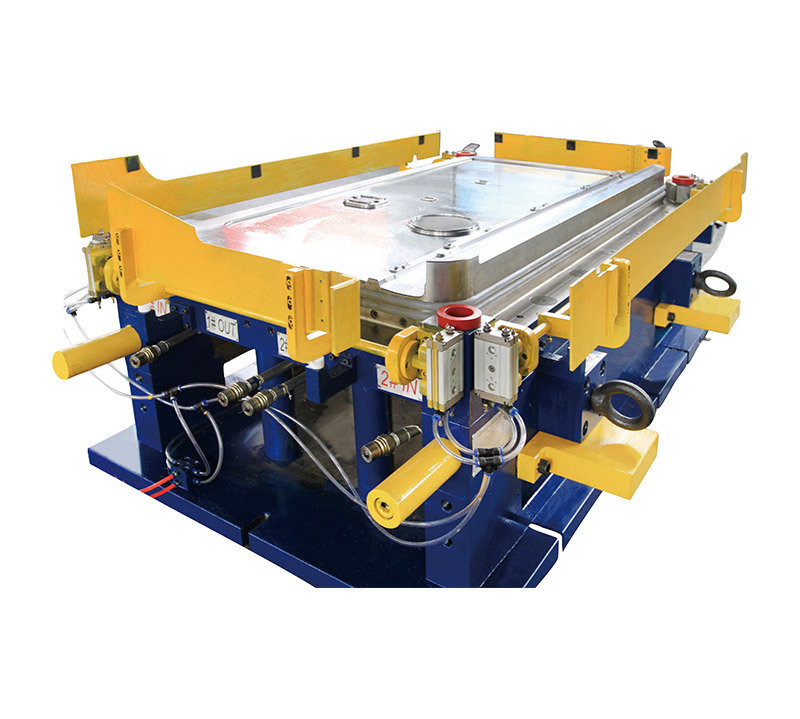Basic Principles of Die Design
Release time:
2025-03-05
A mold is a tool required for manufacturing products. Mold design is the foundation of mold processing and has a significant impact on product quality, production efficiency, and production cycle.
A mold is a tool required for manufacturing products. Mold design is the foundation of mold processing and has a significant impact on product quality, production efficiency, and production cycle.
1. Simplified Design: Mold design should be simplified as much as possible, reducing unnecessary components and processing steps to lower manufacturing costs. Through optimized and simplified design, production efficiency can be improved, the production cycle shortened, and production costs reduced.
2. Standardized Design: Mold design should follow standardization principles as much as possible, using common standard parts and components, reducing customized and personalized designs, lowering mold manufacturing costs, and improving mold interchangeability and maintainability.
3. Reliable Design: Mold design should have good reliability and stability, capable of maintaining normal operation under long-term operation and high-load conditions. During design, the reliability and fatigue performance of the materials should be considered, the structural form and load-bearing capacity should be reasonably set, and mold damage and failure should be prevented.
4. Ensure Accuracy: Mold design should ensure the accuracy requirements of the product and workpiece. The limitations and influence of the process equipment should be considered during the design process, and the tolerances of dimensions and geometric shapes should be reasonably controlled. Using suitable materials and heat treatment processes improves the accuracy and stability of the mold.
5. Material Utilization: Mold design should minimize material consumption and improve material utilization. Through reasonable layout and structural design, reduce the generation of scrap materials and waste, lowering mold costs and manufacturing cycle.
6. Convenient Maintenance and Repair: Mold design should consider the convenience of maintenance and repair, facilitating the inspection and replacement of worn parts. Reasonably setting the installation and disassembly methods of parts reduces maintenance and repair time and costs.
7. Reduce Production Cycle: Mold design should focus on improving production efficiency and shortening the production cycle. Through reasonable layout and process design, reduce mold clamping and debugging time, improving mold production capacity and efficiency.
8. Safety Considerations: Mold design should consider the safety of operators and the safety of the production process, avoiding design defects and hidden dangers. Reasonably setting safety devices and warning signs provides safe operation and maintenance guidance, reducing the risk of accidents.
9. Environmental Protection Design: Mold design should meet environmental protection requirements, avoiding pollution and waste. Reasonably select materials and lubrication methods to reduce the environmental impact. Optimize production processes and equipment to reduce energy consumption and resource consumption.
10. Innovative Design: Mold design should focus on innovation and technological progress, introducing new materials and technologies to improve the manufacturing accuracy and efficiency of molds. Through innovative design, new markets and product areas can be developed, improving the competitiveness and market share of enterprises.

In summary, the principles of mold design aim to improve mold quality, efficiency, and reliability, reduce manufacturing costs and production cycles, ensure operator safety and environmental protection, and achieve sustainable development in mold design and manufacturing. In the actual design process, mold designers should reasonably apply these principles based on specific product and production requirements, comprehensively consider and balance them, and provide high-quality mold solutions.
Related News

